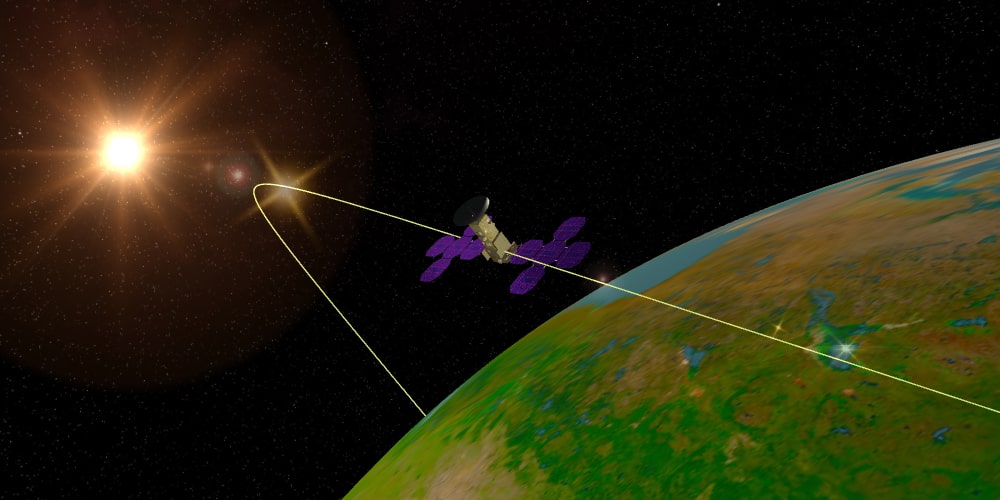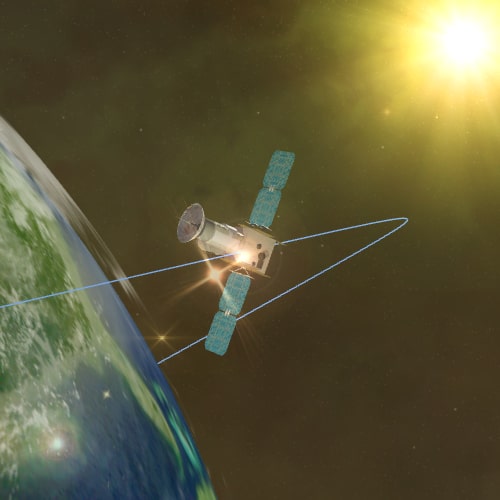Looking to space industry shows that designing a space vehicle requires knowledge of various experts and engineers from very different domains. All the data and work they contribute towards the final product, strongly depends on each other. With this in mind, our aim is to support engineers with software, allowing them to contribute into the same space orbit design by sharing data across disciplines. We are intended to offer software and applications for space orbit simulation, capable of connecting domain-specific tools of the space industry considering their dependencies and of contribution into one global calculation bringing results for the intended design. Our team is devoted to develop various codes and software to simulate the complicated type of flight of satellites, or in general, groups of space vehicles in formation. Our virtual software simulators can be used in the field of space research activities by space industry specialists and higher education centers and institutions.
Accurate predictions of satellite trajectories are required for mission analysis, trajectory design, targeting, guidance and navigation. The accelerated growth of the space industry, with missions of increased complexity, calls for better performance in such tasks as orbit propagation and determination. Furthermore, there is a critical need to predict the trajectories of space debris at the most populated altitudes. We believe that the development of advanced tools to tackle effectively and accurately these problems is an inescapable requirement to maintain the current rate of progress.
We present simple and effective methods for optimizing the precision and efficiency of orbit propagation. Starting with the accuracy requirement of the application, which is a function of the mission objectives, the allowable acceleration error is determined in our approach. The physical model is then adapted to match this uncertainty, removing as much complexity from it as possible. Together with a proper setting of the integrator tolerance, this yields a solution that respects the accuracy constraints of the problem while minimizing the computational cost. The preparation of the model only needs back-of-the-envelope calculations and some propagation tests. These can be completed in a short time, optimizing the performance of the production model.
Concerning machine learning methods, we utilize architectures of artificial neural networks in space orbit propagation. Our non-intrusive enhancement in well-known propagation techniques, such as (Simplified General Perturbations-4) SGP4, based on the hybrid propagation methodology, comprises both the standard methods and an error corrector that calculates the correction to apply to the traditional output from the additional parameters, that are provided besides (Two Line Element) TLE data.
The application of our propagation methodologies to the well-known SGP4 orbit propagator allows for the extension of the validity of TLEs with little complexity and computational burden for the end user. Our approach leads to remarkable results, and different variables or subsets of variables can be processed according to our methodology, which allows having a complete family of propagators, from which to choose the best suited for each orbital regime. Our research in this area is on-going and valuable results are expected in advanced versions.



